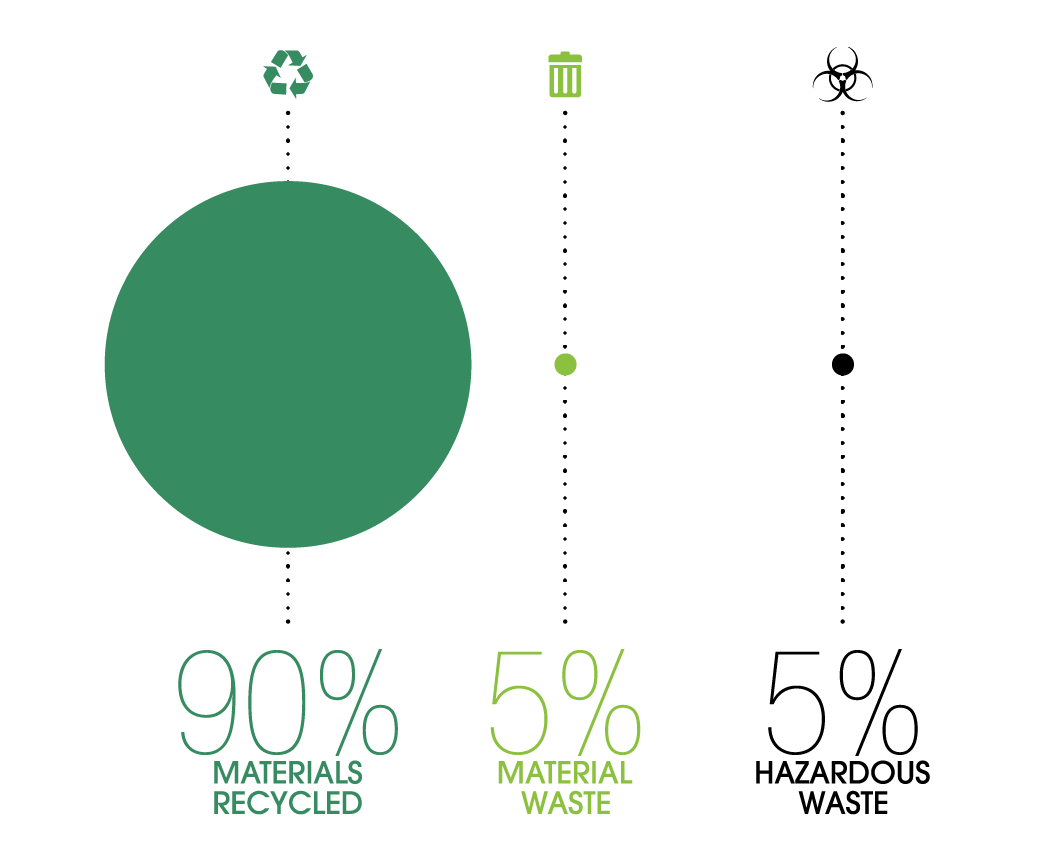Key Success Rate Factors on Construction Projects

By: Richard I Veldon, MCIOB, MAiB, MAIPM, MSIB CEO, Principle Consultant VELDON CORPORATION (Singapore) PTE. LTD. Email: [email protected] 1. Better Tools have been created and employed to monitor and control progress on projects lets discuss some examples: - • Analytical tendering and estimating • Strategic long, medium, and short-term planning and programming, • Use of project planning software applications • Procurement scheduling interfaced with the project program and planning • Project reporting, levels, frequency, styles and methods, electronic formats • Setting project team objectives and targets with formal reviews and updates • Cost Plan and budgetary controls and need for compliance reporting and corrective action • Quality planning, control procedures, and performance measurement • Project performance reviews and critique against targets and or goals, • Structured project meetings at all levels of the company and project hierarchy • Improved recognition of the need for a Safe Work Environment and the benefits  2. Better skilled Project Construction Managers • Improvement in awareness and importance of management processes • Integrated management approach adoption of the 10 KEY AREAS OF KNOWLEDGE including the project environment and integrated management • Improved level of knowledge in the field • Higher level of practical, based education • Improved human resource management • High level of communication skills especially in a multi-cultural environment • Understanding of risk management assessment and profiling techniques • Improved procurement management • Awareness of the importance to blend Time Quality and Cost often referred to as the triumvirate of client or projects needs
2. Better skilled Project Construction Managers • Improvement in awareness and importance of management processes • Integrated management approach adoption of the 10 KEY AREAS OF KNOWLEDGE including the project environment and integrated management • Improved level of knowledge in the field • Higher level of practical, based education • Improved human resource management • High level of communication skills especially in a multi-cultural environment • Understanding of risk management assessment and profiling techniques • Improved procurement management • Awareness of the importance to blend Time Quality and Cost often referred to as the triumvirate of client or projects needs  3. Substantially reduced project costs because of or due to: • Efficiencies in design thru collaborative BIM and VE (Value Engineering) • Consideration of offsite fabricated building component and the various options • Adoption of new technologies in the build process both on and off site • Use of drone and robotics technologies • Material selections and performance criteria in relation to energy efficiency and the concept of the well -being building • Improved build-ability in design • Quality planning, including adoption of prototypes and samples, mock ups • Early constructor involvement in the design process • Value Engineering workshops with the consultant team, builder, and client • Client Design Brief realisation of importance, timing and content • Awareness of Alternative Project Delivery Strategies, adoption of best options • Improved Construction Techniques, knowledge, knowhow, plant and equipment • Tender planning, risk assessment and developing building sequence options and methodology prior to bidding i.e. a well thought out tender • Recognition for the need to provide training at all levels of the hierarchy • Communications management, planning and techniques • Procurement procedures refinement, planning • Waste management and re-cycling planning, options These examples influence or contribute to control of project costs
3. Substantially reduced project costs because of or due to: • Efficiencies in design thru collaborative BIM and VE (Value Engineering) • Consideration of offsite fabricated building component and the various options • Adoption of new technologies in the build process both on and off site • Use of drone and robotics technologies • Material selections and performance criteria in relation to energy efficiency and the concept of the well -being building • Improved build-ability in design • Quality planning, including adoption of prototypes and samples, mock ups • Early constructor involvement in the design process • Value Engineering workshops with the consultant team, builder, and client • Client Design Brief realisation of importance, timing and content • Awareness of Alternative Project Delivery Strategies, adoption of best options • Improved Construction Techniques, knowledge, knowhow, plant and equipment • Tender planning, risk assessment and developing building sequence options and methodology prior to bidding i.e. a well thought out tender • Recognition for the need to provide training at all levels of the hierarchy • Communications management, planning and techniques • Procurement procedures refinement, planning • Waste management and re-cycling planning, options These examples influence or contribute to control of project costs 





























